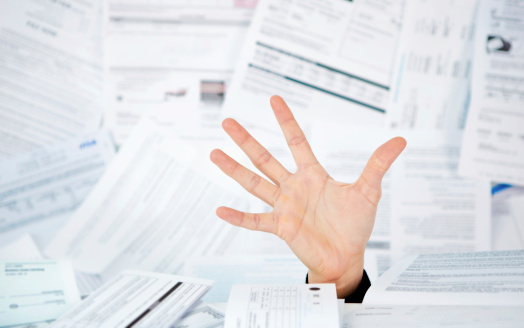Economy
U.S. Credit Card Debt on Track to Rise by $55 Billion in 2014
Published:
Last Updated:

The data are contained in the latest study from CardHub.com, which also notes that the second-quarter increase was 46% higher than the next highest second-quarter debt buildup (2011) and nearly 200% higher than the increase in the second quarter of 2009.
Here are a few more data points from the CardHub report:
At the end of the second quarter of this year, the Federal Reserve Bank reported that revolving debt outstanding in the U.S. totaled $875.2 billion, up from $853.2 billion at the end of the second quarter of 2013. At the end of the second quarter revolving debt was up about $14 billion sequentially. Also according to the Fed, total U.S. consumer debt at the end of the second quarter was $3.169 trillion, up $65 billion sequentially and up more than $202 billion year over year.
ALSO READ: Should Regulation Cost $2 Trillion in the Manufacturing Sector
Are you ahead, or behind on retirement? For families with more than $500,000 saved for retirement, finding a financial advisor who puts your interest first can be the difference, and today it’s easier than ever. SmartAsset’s free tool matches you with up to three fiduciary financial advisors who serve your area in minutes. Each advisor has been carefully vetted and must act in your best interests. Start your search now.
If you’ve saved and built a substantial nest egg for you and your family, don’t delay; get started right here and help your retirement dreams become a retirement reality.
Thank you for reading! Have some feedback for us?
Contact the 24/7 Wall St. editorial team.